API: Third-Party Utility Platform Data Integration
Tehama's API facilitates integration of Tehama Wireless systems with third-party applications, offering developers access to essential data and functionalities for improved utility management.
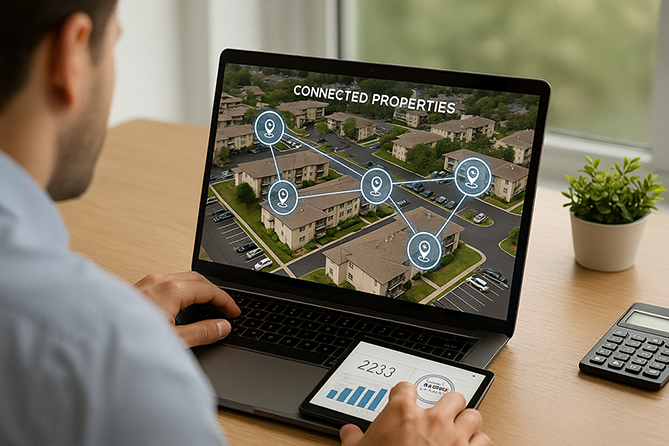
API Overview
Tehama's API provides a robust solution for integrating Tehama Wireless systems with third-party applications and services. Designed for developers and technical teams, the API enables seamless access to data and functionality across the Tehama ecosystem.
With the API, users can retrieve real-time data related to utility consumption, meter statuses, and resource management, empowering applications to provide insights and analytics. It supports various operations, including data querying, updates, and configuration management, allowing for flexible integration with existing systems.
The API is designed with ease of use in mind, featuring comprehensive documentation and support resources. This ensures developers can quickly get started and efficiently implement solutions tailored to their needs.
Security measures are integrated to protect data integrity and user privacy throughout the connection process.
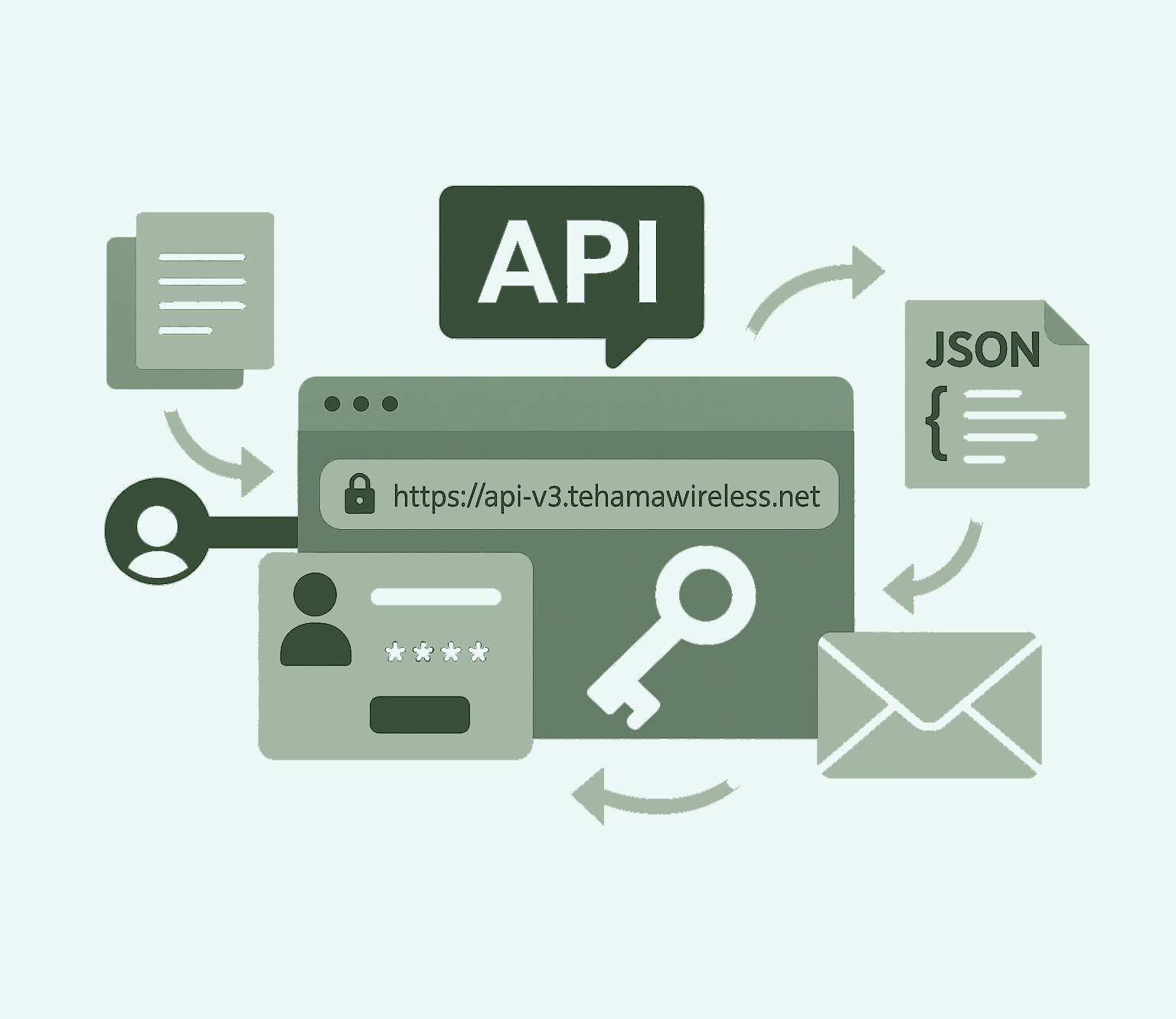
Benefits
The API provides seamless access to meter data and enhances integration for efficient utility management.
- Simplifies data retrieval for current and historical reads from your sites.
- Allows integration with existing systems for streamlined data handling.
- Enables automated processes for improved efficiency and reduced manual intervention.
- Supports customizable queries for tailored data retrieval.
- Facilitates smooth communication between various components of the utility management system.
- Enhances reporting capabilities, providing vital insights into utility usage.
Whether you're looking to optimize your data management processes or enhance operational efficiency, the API offers a powerful solution for modern utility oversight.

Applications
Multifamily
Housing
API allows property managers to access current and historical utility data, facilitating efficient monitoring of water and energy usage across multifamily housing units.
Commercial
Properties
API enhances data management in commercial properties by allowing utility billing companies to easily retrieve and process meter readings, ensuring accurate resource tracking.
Manufactured
Homes
For manufactured home communities, the API simplifies the data collection process, allowing for accurate reporting and efficient usage tracking.
ESG &
Sustainability
API contributes to sustainability initiatives by providing detailed data insights, helping property owners implement strategies that optimize resource usage and reduce waste.
-
 Case Study | Guardian Water & Power
Case Study | Guardian Water & PowerGuardian Water & Power encountered significant challenges in outdoor submetering due to harsh weather conditions. Frequent disruptions led to costly repairs and inconsistent data collection, adversely affecting service delivery and customer trust. Recognizing the urgent need for a reliable solution, they sought innovative technology to enhance their operations.
Challenge
- System downtime due to harsh weather
- Repairs were difficult and costly
- Cellular technology meant inconsistent data collection
-
 Case Study | Kimco Realty
Case Study | Kimco RealtyKimco Realty Corporation faced considerable challenges in billing their 7,000 tenants accurately for water usage across a diverse portfolio of retail properties. A lack of standardized methods for dividing costs led to disputes and frustration, resulting in millions in uncollected revenue. Recognizing this issue, Kimco sought innovative submetering technology to streamline billing processes and enhance tenant satisfaction.
Challenge
- Inconsistent tenant water billing methods
- Tenant disputes over water costs
- Millions lost in uncollected revenue
-
 Case Study | Fair Energy Submetering
Case Study | Fair Energy SubmeteringFair Energy Submetering faced challenges tracking utility usage and identifying issues such as leaks across various properties. In search of more detailed data for effective management, they turned to Tehama Wireless’ advanced submetering sensors. This innovative technology enabled swift identification of problems, allowing them to avert potential disasters.
Challenge
- Inaccurate tracking of utility usage
- Difficulty identifying leaks in properties
- Limited data hindered effective management
Documentation & Resources
| Input Type | Compatible with reed switch and piezoelectric pulse generator meters. |
| Communication Range | Up to 3500 ft (Standard), nearly 10 miles (MAX/LoRaWAN). |
| Battery Life | Operates on two field-replaceable AA lithium batteries with a typical life of 5-8 years. |
| Operating Temperature | Ranges from -20°F to 145°F. |
| Input Options | Available with single or dual pulse inputs for co-located setups. |
| Waterproof or Water-Resistant Options | Available in the Submersible model, a pulse or encoder unit, with non-field replaceable C battery, designed for use in environments where complete water exposure is expected. |
Captures pulse outputs from a wide range of utility meters and transmits usage data wirelessly. Optional external power.
Instructions for connecting the Pulse MDT to compatible utility meters.
Instructions for configuring and sending custom daily reports from MDTs using email or FTP delivery.
Wiring instructions for connecting the MDT to compatible meters.
Comprehensive steps for configuring and integrating MDTs with the DCAP system
Template for importing site configuration data to Tehama Wireless.
Instructions for replacing batteries in field-deployed MDT units.
Tehama Wireless provides a five-year warranty for its products.
Videos
-
Introduction to the Web App
-
DCAP Troubleshooting
-
Web App Troubleshooting
-
DCAP-TFA Installation
-
Get Started with the Web App
-
Monitoring and Maintaining a System
-
Commissioning a Meter Display Using the Mobile App
-
Requesting and Approving Grants with the Web App
-
Wiring a Water Meter to an MDT
-
The CIT in Detail
-
Commissioning a Site
-
Hardware Setup
-
System Overview
-
Getting started with the CIT
-
Connect Mobile App Overview
-
DCAP Configuration
-
Commissioning MDTs and Repeaters
-
Setup CIT Alerts and Reports
-
Monitoring Data and Network Health
-
Configuring the Display on an MDT
-
Wiring the MDT to its Associated Meter
-
Introduction to the CIT
-
How to Find the IP Address of a DCAP
-
ModBus P2P Reads in the CIT and Web App
How It Works
Gateway or DCAP captures data from connected submeters and relays it to central management systems, ensuring accurate data collection and near real-time monitoring for improved utility management.
This diagram illustrates how Tehama Wireless devices work together to optimize metering solutions
Related Products
-
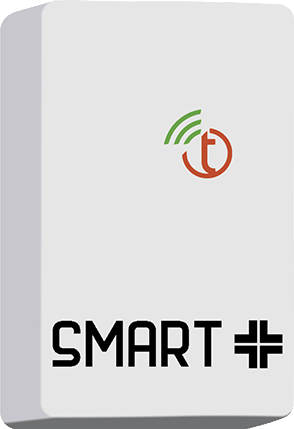 Smart+ MDTEnables near real-time data and advanced alerts with SunSonic® meters
Smart+ MDTEnables near real-time data and advanced alerts with SunSonic® meters -
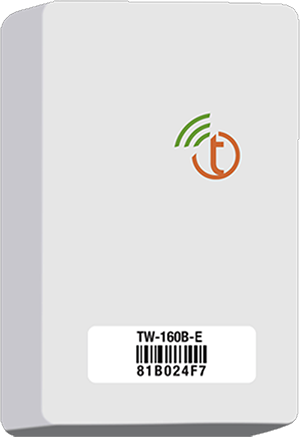 Encoder MDTTracks encoded output meter usage for accurate billing.
Encoder MDTTracks encoded output meter usage for accurate billing. -
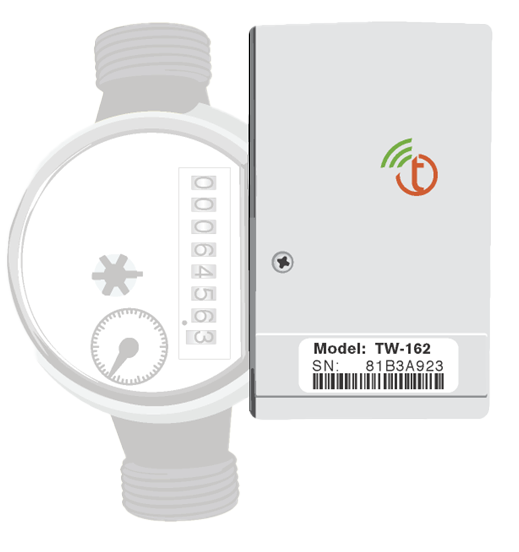 Outsider MDTDirect physical MDT connection on Norgas Versamag water meters.
Outsider MDTDirect physical MDT connection on Norgas Versamag water meters. -
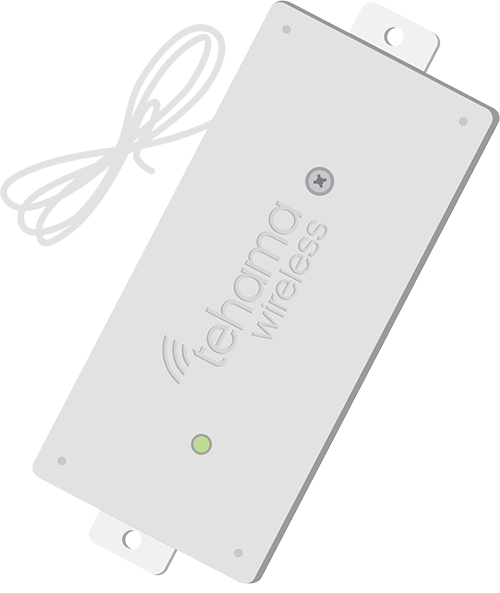 Leak Detection MDTQuickly detects leaks to minimize water events and reduce costly damage.
Leak Detection MDTQuickly detects leaks to minimize water events and reduce costly damage. -
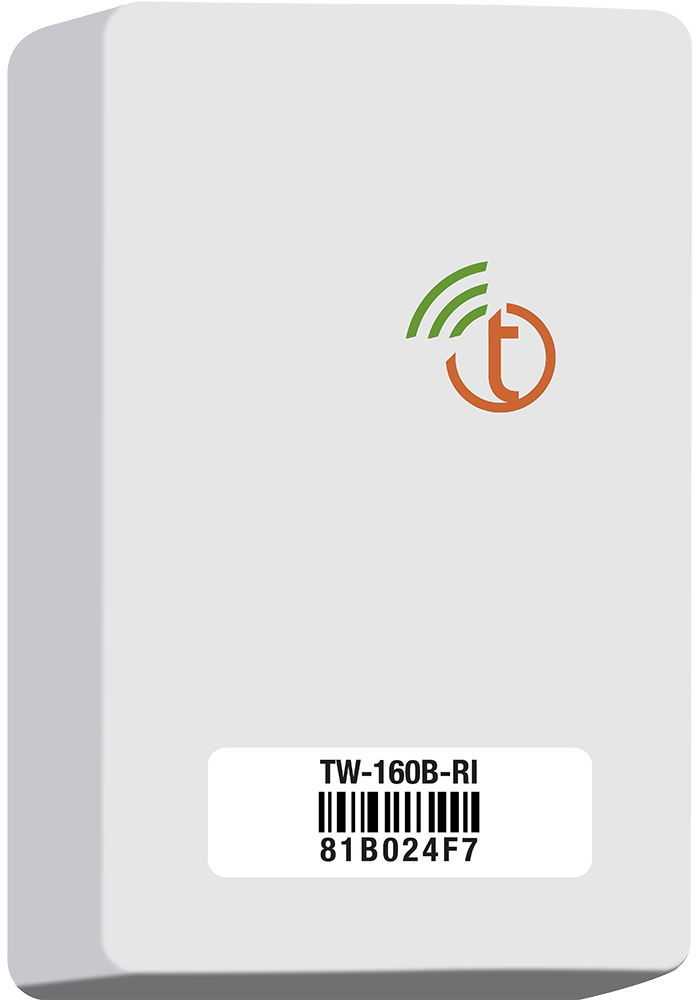 Runtime MDTTracks equipment operation time for accurate usage monitoring, maintenance planning, and performance insights.
Runtime MDTTracks equipment operation time for accurate usage monitoring, maintenance planning, and performance insights. -
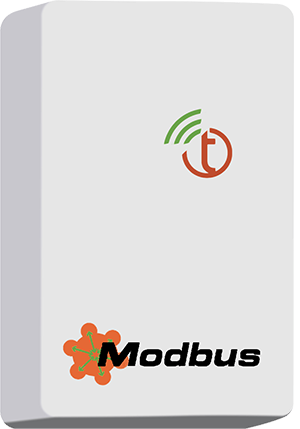 Modbus MDTIntegrates with ModBus P2P-compatible systems for enhanced data.
Modbus MDTIntegrates with ModBus P2P-compatible systems for enhanced data. -
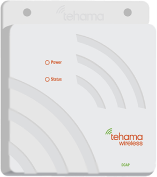 DCAPAggregates and processes submetering data for efficient reporting.
DCAPAggregates and processes submetering data for efficient reporting. -
 DCAP-TFAStandard DCAP functionality plus receives Inovonics PMT and repeater transmissions.
DCAP-TFAStandard DCAP functionality plus receives Inovonics PMT and repeater transmissions. -
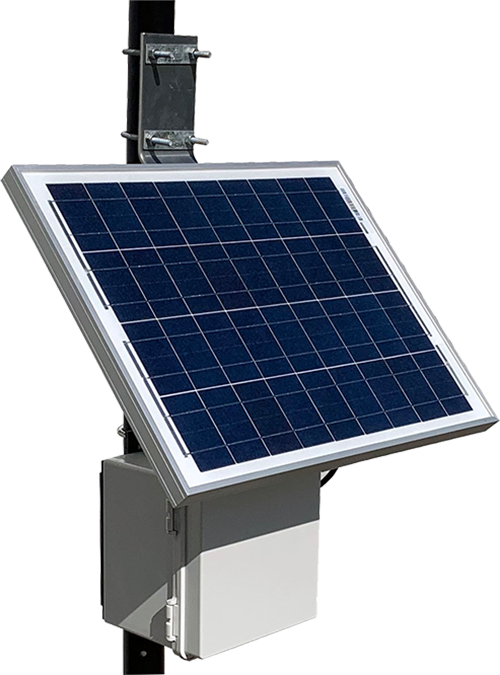 Solar DCAPProvides a complete solution for extending communication range in remote locations.
Solar DCAPProvides a complete solution for extending communication range in remote locations.
FAQs
The Tehama Wireless API allows users to access current and historical meter data from their properties. It is designed to facilitate easy integration with property management systems and automate data retrieval processes.
The API enables property managers and utility billing companies to retrieve utility meter readings and consumption data automatically. This streamlines billing, reduces manual entry, and enhances data accuracy, ultimately improving operational efficiency.
Users can access various data types, including current meter readings, historical usage data, site lists, and configuration information for each meter connected within the properties.
The base URL for the Tehama Wireless API is https://api-v3.tehamawireless.net, where users can make various API calls to retrieve utility data.
To authenticate, users must make a POST request to the API with their login credentials. A token is received in return and must be included in the header of subsequent API calls to access data securely.
To get your Site List, make a GET request to the base URL with the appropriate authentication token in the header. The API will return a JSON array of your properties, including relevant site details such as access codes.
Yes, the API allows users to specify parameters such as deviceID, start_time, and end_time to narrow down the data output to specific meters or time frames when retrieving readings or historical data.
The API implements encryption protocols and secure authentication methods to protect data during transmission, ensuring that sensitive utility usage information remains confidential.
Tehama Wireless offers ongoing technical support for API users, including troubleshooting assistance and guidance on how to effectively utilize the API for data integration and management.
Yes, comprehensive documentation is provided to guide users on how to authenticate, access data, and adopt best practices for utilizing the API effectively across various applications.
Related Blogs
Tehama MAX Range for Simplified Long-Distance Submetering
As property managers and business owners strive for enhanced efficiency in utility management, the…
Tehama Standard Range for Affordable Extended-Range Submetering
As property managers and business owners strive for cost-effective utility management, the choice…
Get on the Bus: Modbus and Its Expanding Role in Energy Management
Effective energy management is vital for maximizing operational efficiency and reducing costs. As…